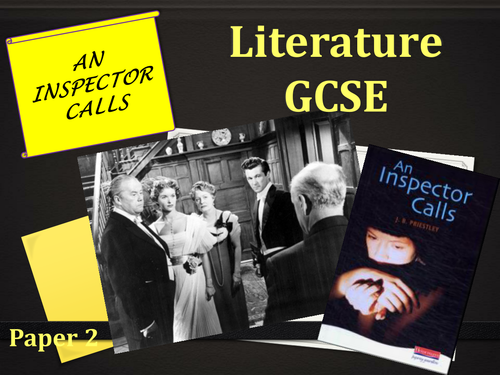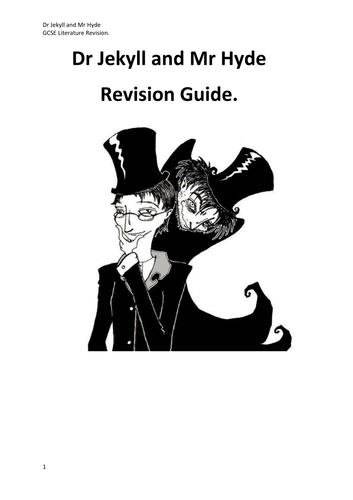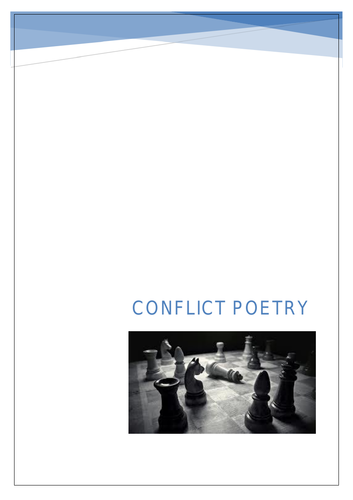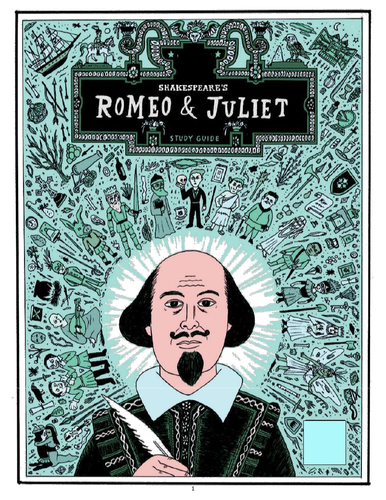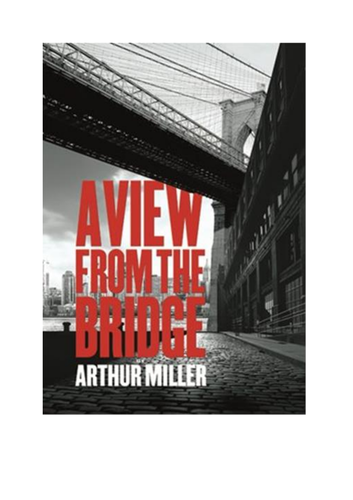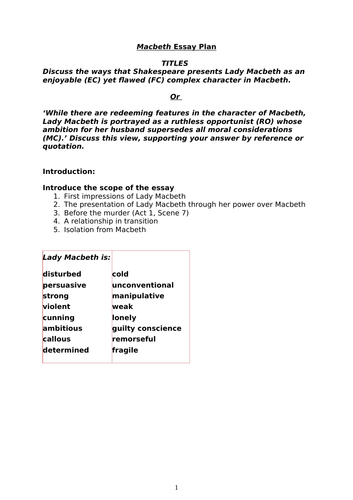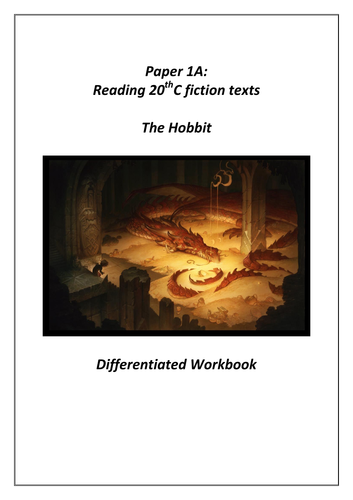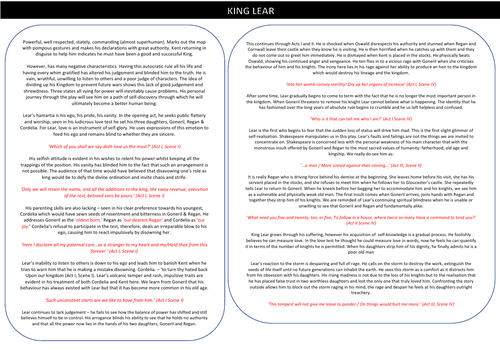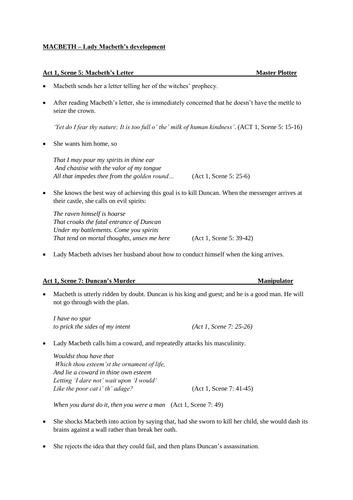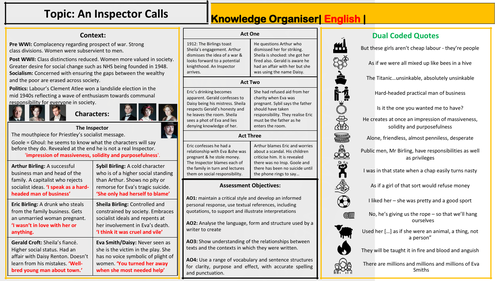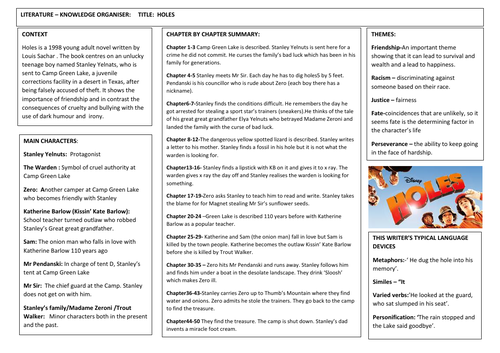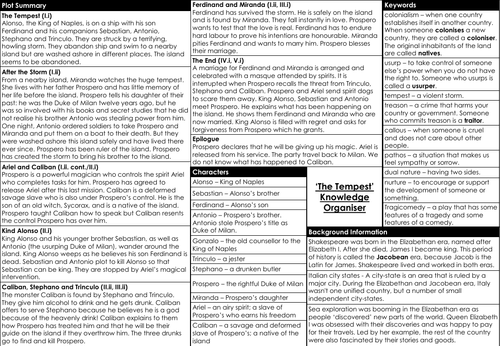
426Uploads
101k+Views
7k+Downloads
English language arts

Conflict Poetry Workbook
Contains World War 1 Poetry
Material
Jessie Pope - Propaganda poem
Poetry Terms word search and definitions
Siegfried Sassoon and Wilfred Owen research task
ncludes text and questions on
Suicide in the Trenches
Dulce Est Decorum Est
In Flanders Field
and more WW1 poems with images
Includes bonus material - poems about the theme of Children in War
Child Soldiers Poem and Rap

Romeo and Juliet Diary Task
Diary task relating to Romeo or Juliet at end of Act scene 2
Scaffolded help on topics to write
Important relevent quotes included
Diary checklist and reflection included

Writing Skills Checklist
Evaluate the following criteria in writing
IDEAS
ORGANIZATION
Paragraph organization
SENTENCE FLUENCY
VOICE
WORD CHOICE
CONVENTIONS

A View From the Bridge Study Guide with Questions
Character Summary
Plot Summary
Dramatic Effect Summary
Key Quotations
Turning Point Essay Plan
Dramatic Scene Essay Plan
Conflict Essay Plan
Loyalty Essay Plan
Study Questions

Lady Macbeth Essay Workbook
Traces the development of Lady Macbeth as a character with key quotes and notes
First impressions of Lady Macbeth
The presentation of Lady Macbeth through her power over Macbeth
Before the murder of Duncan
A relationship in transition
Isolation from Macbeth

The Sign of the Four - Paper 1 – Shakespeare and the Literary Heritage Novel Revision Powerpoint
The Sign of the Four by Sir Arthur Conan Doyle
GCSE English Literature
Paper 1 – Shakespeare and the Literary Heritage Novel
Revision Powerpoint guide and workbook


